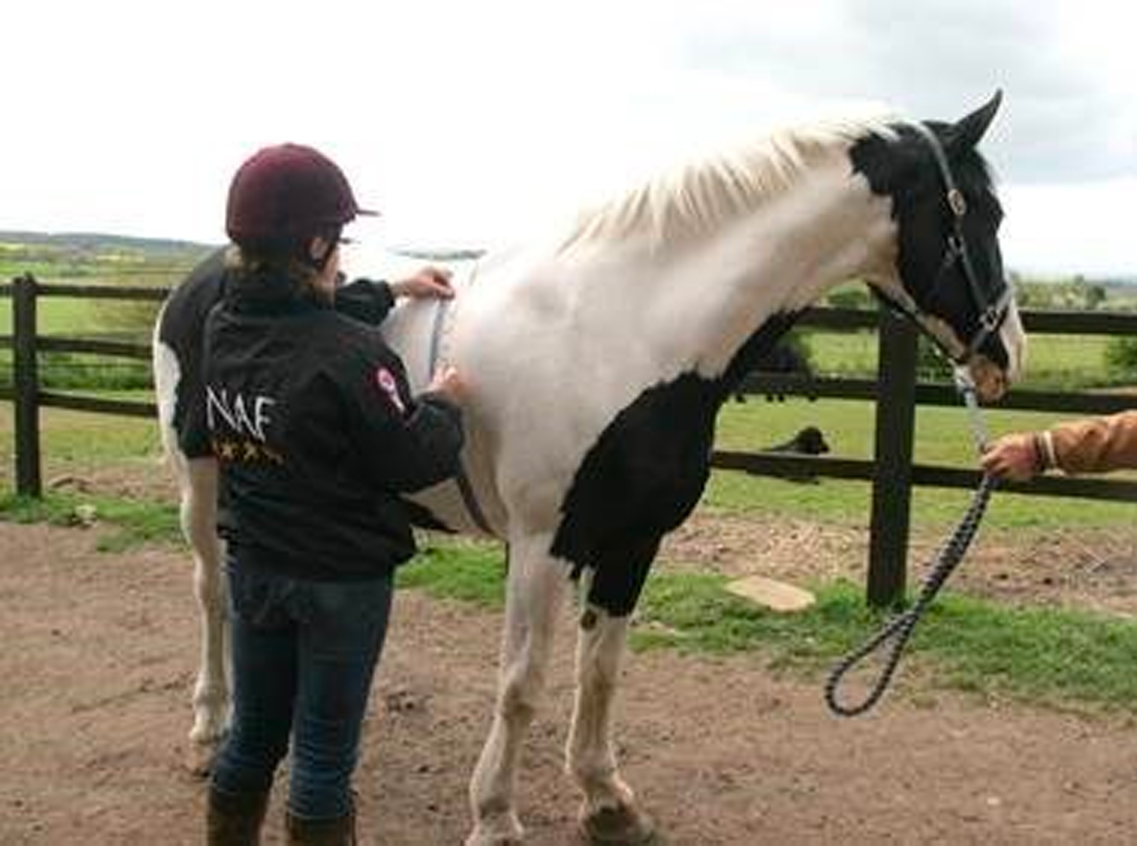As we head into Spring we’re all looking forward to longer days and better weather for more riding and time with our horses. However not everything in the garden, or pasture, is rosy. The risk of laminitis can be all too real for horse and pony owners, but why do only some animals suffer? Management is certainly key, but even with good management some individuals will always be more prone. Research is now getting a better understanding into risks like Equine Metabolic Syndrome (EMS).
EMS is a similar reaction to Type II Diabetes in people, and means the animals are insulin resistant (IR). In the wild, insulin resistance allows ponies to thrive on a very harsh diet, but on modern grassland it results in too much circulating glucose which is then laid down as ‘fat pads’.
So what can we do nutritionally?
The diet should be managed to provide bulk as high fibre with little, or no, additional of cereals. A suitable high fibre diet helps keep non-structural carbohydrates (NSCs, sugars and starch) to a safe, manageable level in the diet. A high fibre diet can come from naturally grazing, but watch out for spring grass, which is high in the NSCs, and so it may be necessary to manage your horse or pony’s turnout.
Pasture management is vital to controlling the risk of pasture induced laminitis. Avoid over-grazed, horse-sick grass, as while it tries to regrow it will actually be high in NSCs, which are high in many common pasture weeds. Far better to have a well-managed, quality sward but not too lush and care should be taken to monitor intake. Consider turning out with a grazing muzzle, or using strip grazing. Or why not try turning out overnight, when pasture sugars are relatively low, and bringing them in during the day as levels rise? Though it may mean some early mornings for you, as NSC levels rise in the grass as the sun rises!
Try not to just fence off a small area for laminitics as this reduces their opportunity to keep moving and naturally active. Remember the importance of regular exercise, which not only helps to control weight gain, but also ensures healthy blood flow around the laminae.
For the IR / EMS equine in hard work, low nutrient fibre alone may not provide sufficient energy. Consider using oil as a safe, suitable form of slow release energy for laminitics. Remember to introduce oil gradually to the diet over several weeks, to give the metabolism time to adjust to the new energy source.
To spot any changes over time, use a weigh tape regularly. Although they can be inaccurate, if used by the same person they give a good guide.
Once we have set the general diet, is there a role for the right dietary supplements?
Oxidative damage is noted within the laminae during episodes of laminitis, and will also be part of any systemic inflammatory response. Therefore it is advised to supplement with high levels of antioxidants to laminitis prone animals. Antioxidants may be synthetic sources, such as Vitamin E, or naturally sourced from plant sources.
It makes sense for support of a metabolic condition to include support for gut health. Probiotic yeasts working in synergy with prebiotics are recommended, to maintain gut health. Research in prebiotic sugars, have shown some improvement in insulin sensitivity, though the precise mechanism is currently unknown.
In people with diabetes an association between supplementing with magnesium and IR has been demonstrated. Clinical evidence in horses is, as yet, lacking but practical feedback has observed that supplementing with magnesium may be associated with a reduction in fat pads.
In conclusion the right diet working in synergy with correct management will help keep the laminitis prone fit and healthy all the way through Summer and Autumn.

